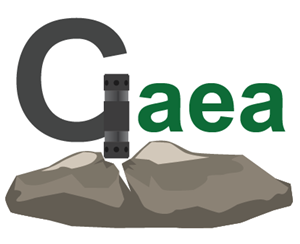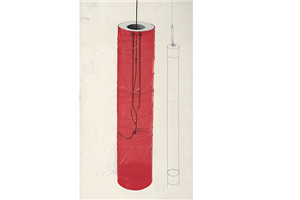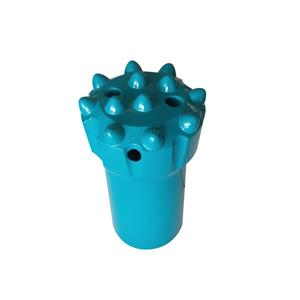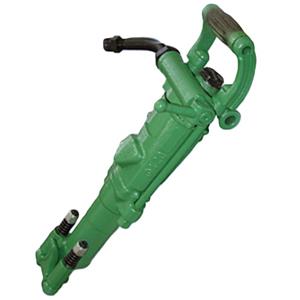Precautions for using CO2 rock blasting tubes
Transportation and storage:
Transportation safety:
During the transportation of CO2 rock blasting tubes, special transportation equipment must be used to ensure that they are firmly fixed. Because the fracturing tube contains liquid carbon dioxide and related excitation devices, if there is a collision or rollover during transportation, the fracturing tube may be damaged, resulting in carbon dioxide leakage or accidental activation of the excitation device.
Avoid transporting with flammable, explosive, and corrosive substances to prevent chemical reactions and safety accidents. At the same time, the transport vehicle should be equipped with necessary fire-fighting equipment and emergency handling tools, and should travel according to the prescribed route and speed.
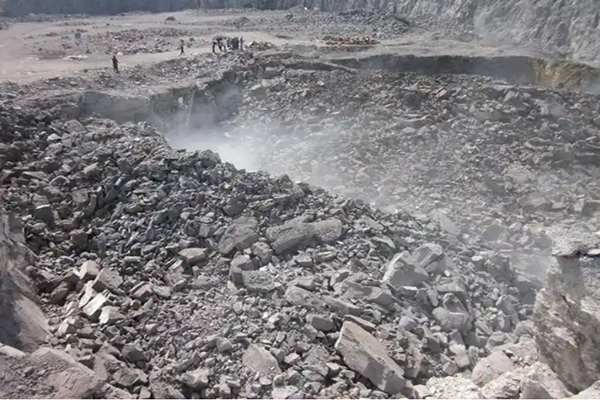
Storage conditions:
The storage place should be dry, well ventilated and at a suitable temperature. CO2 rock blasting tubes should be stored in a dedicated warehouse, away from fire, heat and power sources. Because high temperature may cause the pressure of liquid carbon dioxide in the fracturing tube to increase abnormally, there is a risk of explosion; and fire sources may cause fires, especially in the case of leakage.
Fracturing tubes should be placed neatly to avoid squeezing each other. Fracturing tubes of different specifications, models and batches should be stored separately and marked for easy management and access. At the same time, the warehouse should be equipped with obvious safety warning signs, and no unrelated personnel are allowed to enter.
Installation and operation:
Installation specifications:
Before installing the CO2 rock blasting tube, the drill hole needs to be checked to ensure that the diameter, depth and angle of the drill hole meet the requirements. The quality of the drill hole directly affects the installation and fracturing effect of the fracturing tube. If the diameter of the drill hole is too large, the fracturing tube may not be fixed; if the drilling depth is not enough, the expected fracturing target may not be achieved; if the drilling angle deviation is too large, the fracturing direction will be out of control.
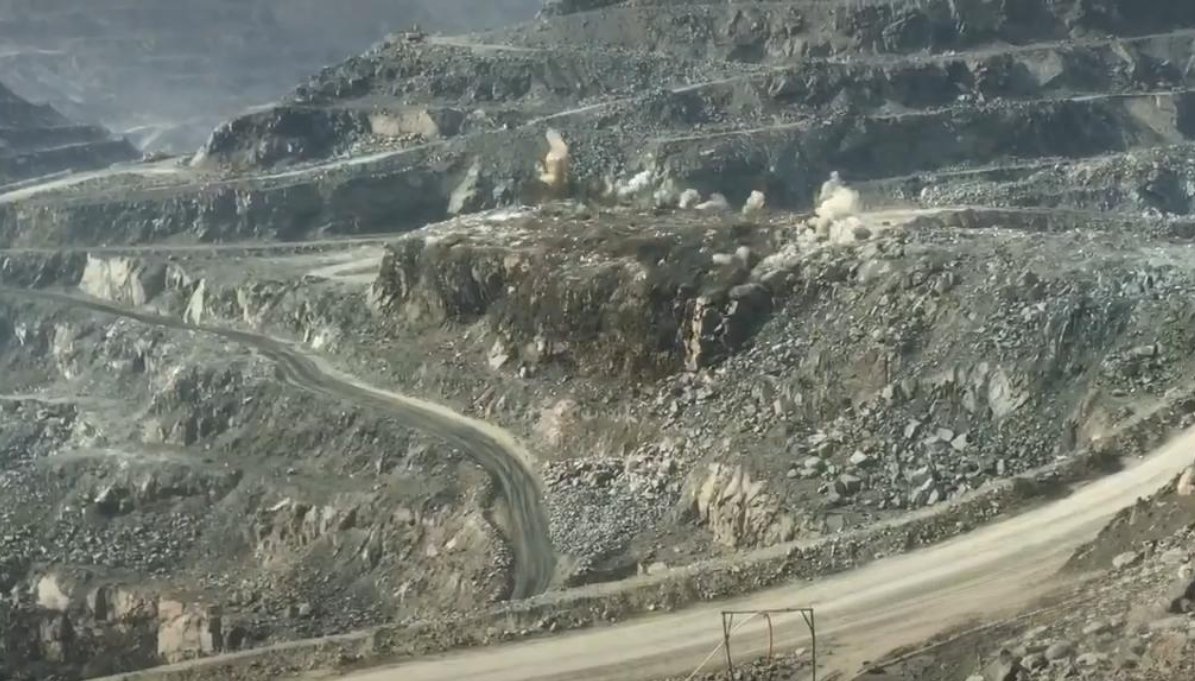
During installation, be careful to operate the fracturing tube to avoid collision and damage. Slowly put the fracturing tube into the drill hole to ensure that it fits tightly with the drill hole wall, and connect the excitation device and related control lines in the prescribed manner to ensure that the connection is firm and reliable.
Operational safety:
Operators must undergo professional training and be familiar with the working principle, operation method and safety precautions of the CO2 rock blasting tube. During the operation, it is necessary to strictly follow the operating procedures and it is strictly forbidden to operate in violation of regulations.
Before stimulating the fracturing tube, ensure that the surrounding personnel have evacuated to a safe distance and set up a safety warning area. The determination of the safety distance should be based on the specifications, quantity and fracturing environment of the fracturing pipe. Generally speaking, in an open-air environment, the safety distance may require dozens of meters or even farther; in a closed environment such as underground, it should be determined according to the specific tunnel layout and ventilation conditions.
Inspection:
Regular inspection:
Regular inspection of CO2 rock blasting pipes and their supporting equipment is the key to ensuring safe and effective use. The inspection content includes whether the appearance of the fracturing pipe is damaged or corroded, whether the performance of the excitation device is normal, and whether the control circuit is intact.
For fracturing pipes that have been stored or used for a long time, it is important to check whether the internal carbon dioxide pressure is normal and whether the storage pipe is well sealed. If abnormal pressure or leakage is found, timely measures should be taken to deal with it, such as replacing the fracturing pipe or repairing it.
